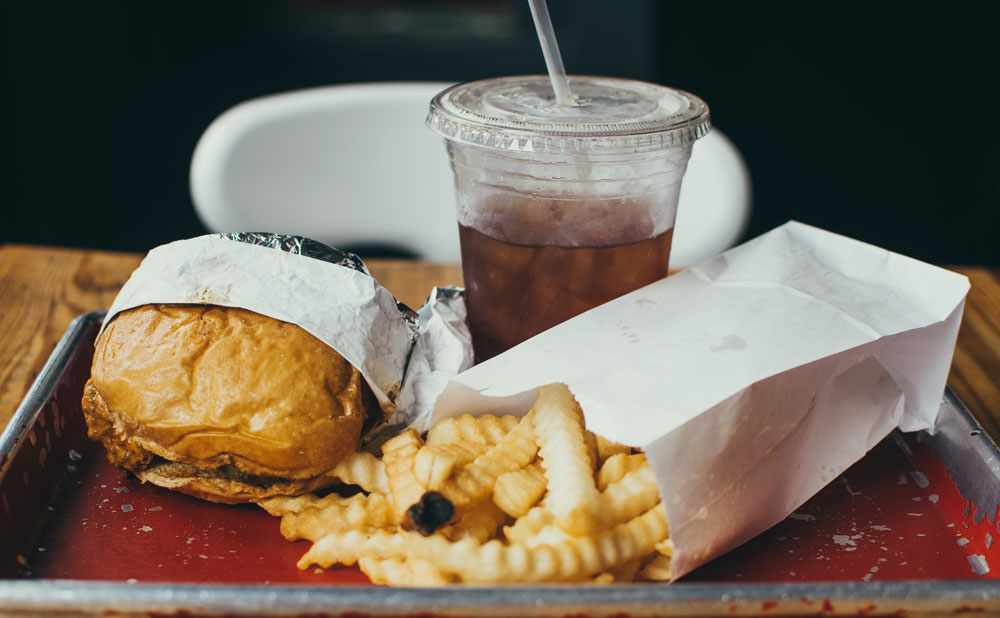As more bars and restaurants invest in a delivery program due to orders to close down dining rooms in the wake of the COVID-19 pandemic, Society Insurance wants to help ensure that bars and restaurants are safely able to implement the service in order to protect their drivers and their businesses.

First, when starting a restaurant delivery service, there are important controls that should be implemented. According to the National Safety Council, in 2018 alone, there were 4.5 million medically consulted driver injuries that cost $445.6 billion in the United States. Transportation incidents were the fourth leading cause of injuries to workers, so it is clear that steps must be taken to lower your risk and put your employees on the road safely.
As restaurants are doing all they can to survive right now, Society Insurance supports restaurants moving towards this model, while practicing safety.
Tips for Bar Owners
Here are some tips for bar/restaurant owners to follow when starting a delivery service.
1. You will need to check Motor Vehicle Records (MVR) for all delivery drivers, upon hire/assignment and at least annually.
It is important to know the driving safety history of those on the road representing your operation. You should only select drivers with a current and valid driver’s license; and have very limited or no moving violations, and no severe moving violations (DUI, Reckless Driving, etc.). There are a number of ways to quickly access official driving records online for review. Your insurance agent may be able to run MVR’s for you. Most states have an online portal where employees can access their own MVR for a small fee.
2. Evidence of personal automobile insurance should be obtained from all drivers that will use their personal vehicles for company business.
These drivers should have sufficient automobile liability coverage limits and appropriate business use endorsements.
3. Drivers should be reminded that seatbelts must be worn, cell phone use is prohibited, allowing others to ride in the vehicle is not allowed, and to obey all traffic laws during all delivery operations.
These, along with other elements, should be included in a driver safety program going forward.
4. Do not overwhelm the delivery staff with too many orders.
Pushing drivers to complete too many orders may result in unsafe driving practices, which could lead to an accident that would ultimately slow your operation drastically. Do not make delivery time guarantees or commitments.
5. Encourage customers to prepay using credit or debit cards.
Prepayment allows you to limit the number of cash transactions that must be made off-site, limits the amount of cash carried by drivers, and is a more sanitary method for collecting delivery charges.
6. Deliveries to hotels should only be made to the front desk.
Communicate to drivers that they should never deliver to specific hotel rooms. This is for their safety.
7. Late night deliveries and deliveries to locations that do not have a valid address are not safe and should be avoided.
A person requesting a delivery to a park or parking lot is also unsafe.
8. Use caller ID.
Caller ID helps identify who is calling. This is especially important for food deliveries, as the employer can use caller ID to trace the location of the customer.
9. Keep detailed records.
Maintain a list of all delivery customers, telephone numbers, and orders. This allows employers to be aware of their delivery driver’s route for that day.
10. Use GPS.
GPS systems are important to locate drivers that may be in distress.
11. Use cameras.
Install in-car surveillance cameras to record activities.
12. Set a casual dress code.
Allow drivers to wear ordinary street clothes. A uniform makes a driver stand out.

Tips for Delivery Drivers
While it is the responsibility of the employer to provide a safe work environment, it is also the responsibility of the employee to practice workplace safety.
Delivery drivers can help ensure their own safety with these tips:
1. Practice safe driving techniques.
Monitor blind spots, travel at safe speeds and reduce speed in work zones, keep up with regular vehicle maintenance, adjust driving techniques in bad weather, load cargo safely, and reduce speeds on curves to prevent your vehicle and cargo from tipping over.
2. Know your territory.
Be familiar with the delivery area and your route.
3. Avoid muscle strain.
Use material handling equipment such as a cart or dolly to move heavier items from the vehicle to the delivery site.
4. Watch your step.
Look out for slip, trip, and fall hazards when delivering the goods.
5. Limit and conceal cash.
Restrict the amount of money that you carry on yourself or keep in the vehicle and keep any money hidden from sight.
6. Park close.
Park as close to the delivery site as possible; always try to park near the delivery door.
7. Be aware of your surroundings.
Take note of any vehicles that may be following you.
8. Only deliver to valid addresses.
Make sure that you are not delivering to an unoccupied home or business. Signs of vacancy may include an unkempt yard and no lights. If lights are off, ask your employer to do a call back and request that the customer turn on a light.
9. Stay in well-lit areas.
Park under a street light, if possible.
10. Carry a flashlight.
Keep a flashlight handy in case you have to walk to a side door or back of a building.








